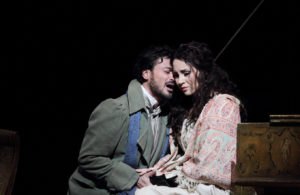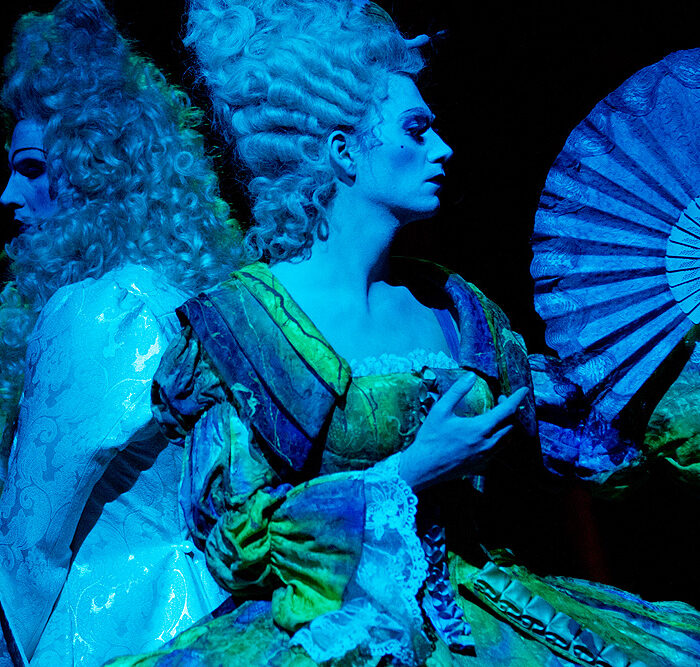
Opera Profile: Offenbach’s ‘Les Contes d’Hoffmann’
By David SalazarThere are a number of operas in the standard repertory that were unfinished at the time of their respective composers’ death, but none is perhaps more famous that “Les Contes d’Hoffmann” by Jacques Offenbach.
The work had its world premiere on Feb. 10, 1881 and by December it had already reached 100 performances. It has never had a difficult time remaining in the standard repertory and has become a vehicle for many star tenors.
Short Plot Summary
The prima donna Stella has sent Hoffmann a letter requesting that he meet her in her dressing room after an opera performance. The letter was intercepted by the evil Lindorf who intends to replace Hoffmann himself. Hoffmann arrives at the tavern and tells his friends about his three great romances.
The first story centers on Olympia, a mechanical doll created by the scientist Spalanzani; Hoffmann, however, has no idea that she is a doll and is warned of this by his friend (and Muse) Nicklausse. Coppelius, who represents Hoffmann’s nemesis, tells him to wear magic glasses so that Olympia appears like a real woman. Hoffmann dances with Olympia but falls on the ground and breaks the glasses, realizing that she is but a doll; Coppelius destroys her to get revenge on Spalanzani for not giving him the credit of being a co-creator of Olympia.
In the second story, Hoffmann is in a relationship with Antonia, but her father Crespel does not want anything to do with Hoffmann. Antonia has inherited her mother’s singing voice, but she is forbidden from singing because of a mysterious illness. When Crespel leaves the house, Hoffmann arrives and he and Antonia declare their love for one another. But when Crespel returns, he arrives with Dr. Miracle who is Hoffmann’s nemesis in this story. Hoffmann learns that singing can cause death to Antonia and he asks her to give up her artistic dreams. But Dr. Miracle, who is set to heal her, persuades her to sing. He conjures a vision of her dead mother and this induces her to sing; she ultimately dies as a result.
In the final story, Hoffmann is in love with the courtesan Giulietta, though she isn’t interested. She has been told to seduce him by Dapertutto, who wants her to steal Hoffmann’s reflection from a mirror in return for a diamond. Hoffmann ultimately gives her the reflection she asks for, only to be abandoned by her. Dapertutto plans to give Nicklausse poison, but Giulietta ultimately drinks it and dies.
During an epilogue, Hoffmann laments his fate as a lover and notes that the three women are but parts of the same person – Stella. Nicklausse reveals himself to be the muse and asks Hoffmann to be a poet.
Watch and Listen
Here is a recording with noted interpreter Neil Shicoff in the title role.
And here is a live performance starring Rolando Villazón.
Categories
Opera Wiki

